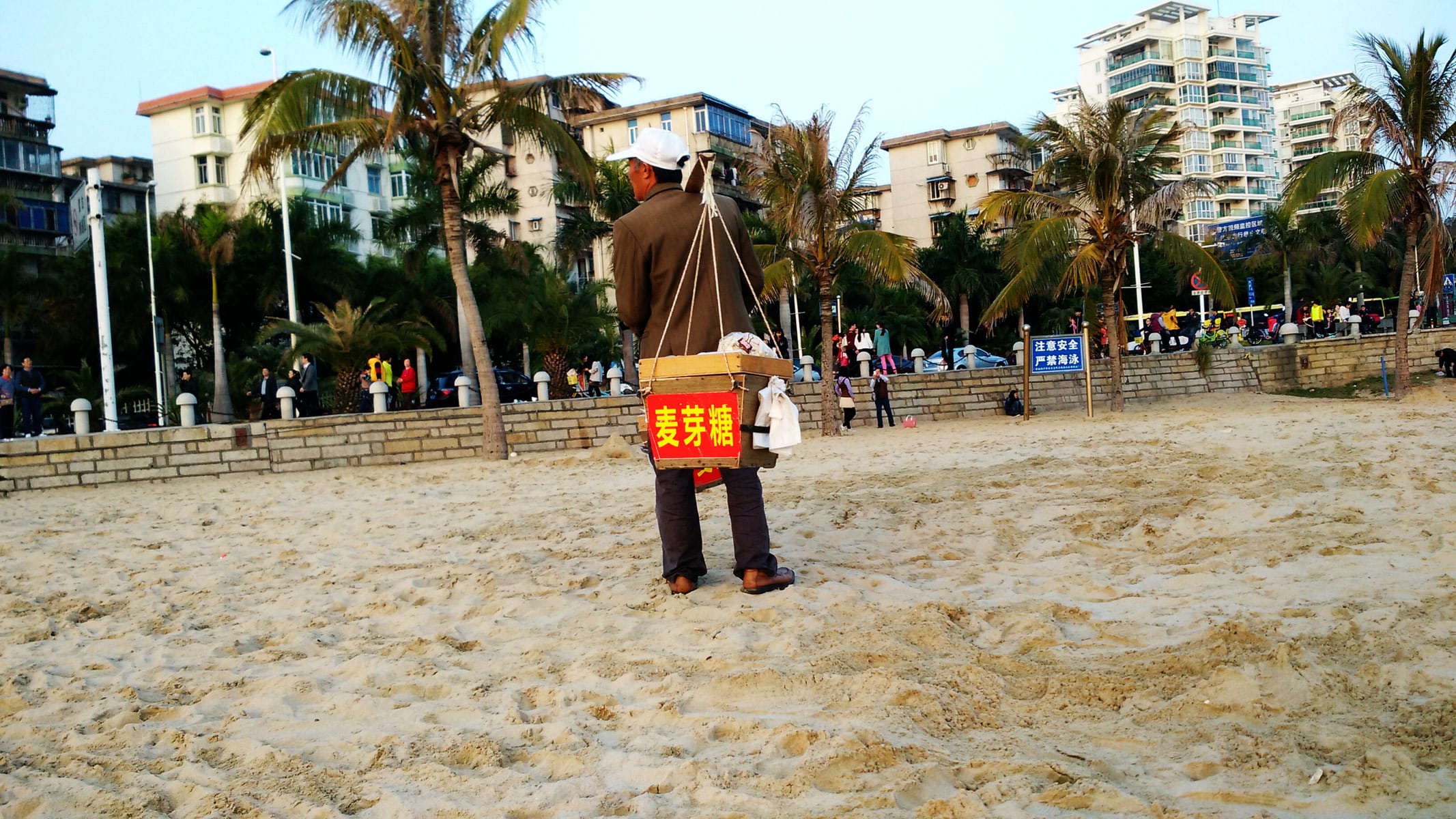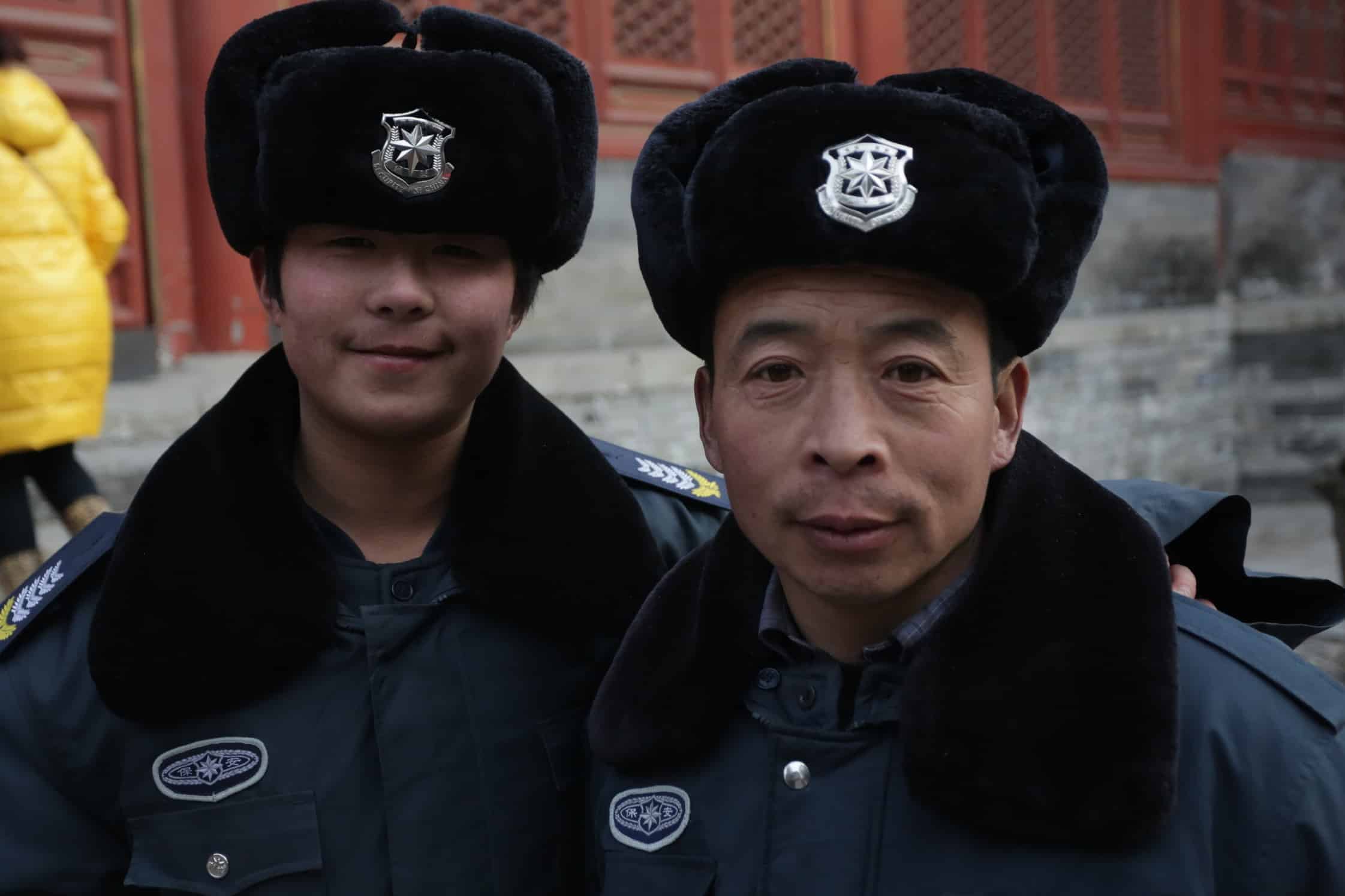Beijing is a misunderstood city. It’s more than its infamous smog and overpopulation. An open mind will do you wonders when you visit Beijing, a city that is equal parts madness and magic.
While the hustle and bustle can be overwhelming to some, people here are very open to having their photos snapped if you take the right approach. Beijing’s storied history lends an air of awe to the longstanding landmarks that make this city a popular tourist destination for both domestic and international travelers.
It’s also a city in a constant state of flux. Tradition and modernization wrestle for dominance throughout Beijing’s changing cityscape, as do the sensibilities of Beijing’s different generations. Yet, the contradictions find a way to co-exist, and that makes Beijing a unique place to explore and a worthy destination for photographers.
All photos by Bejan Siavoshy. Find more of his work at his portfolio, built using Format.
Want more city guides?
Photographer’s Guide to Lagos
Photographer’s Guide to Cape Town
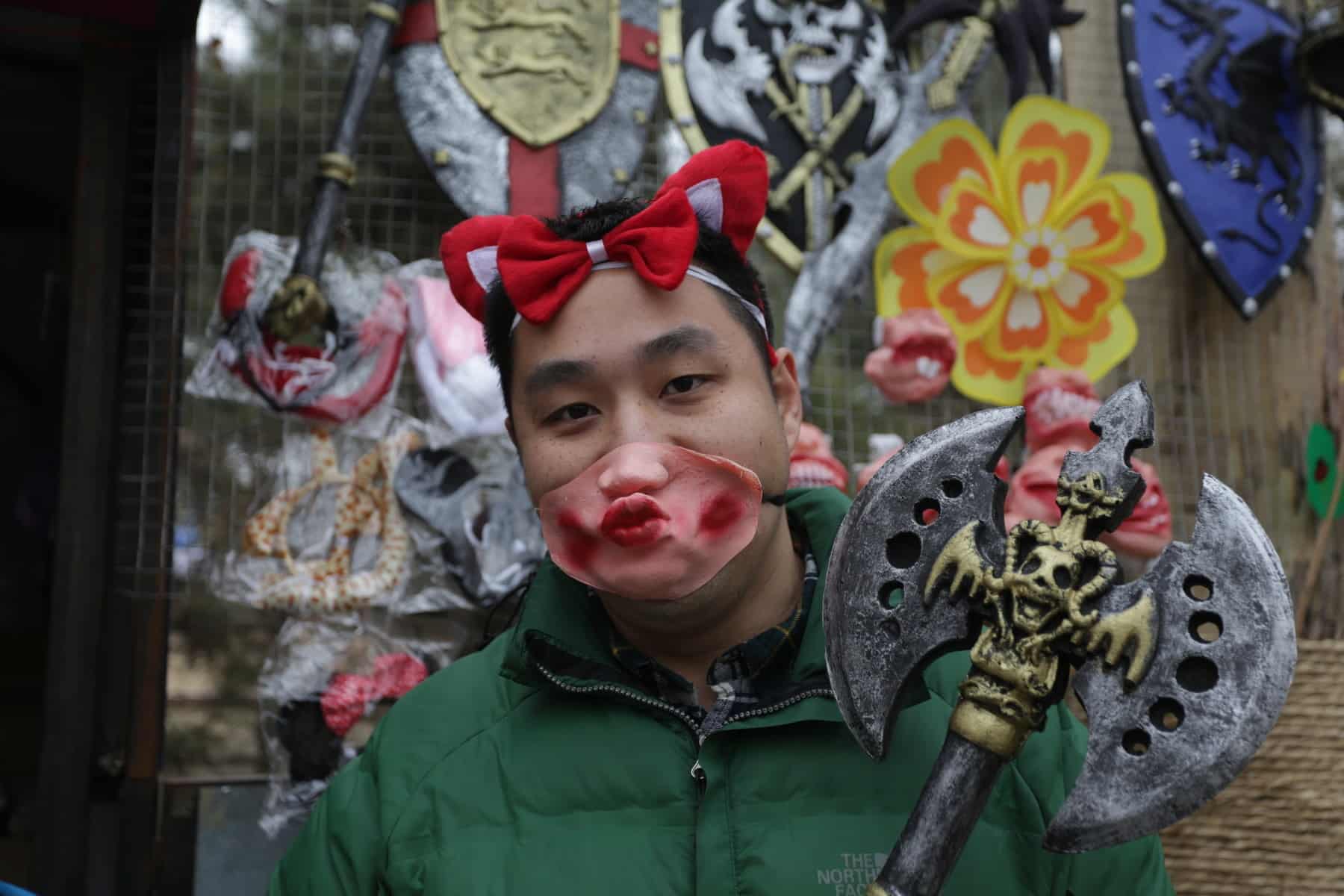
What’s the best way to ask someone if you can take their photo?
There are a few different ways to ask this question in Mandarin, and I’ve butchered every single one since I arrived here three years ago from California. However, I can now passably ask to take someone’s photo by saying the following (in Mandarin): wo ke yi pai ni ma? (woe-kuh-yee-pi-nee-mah). This means “Can I photograph you?”
This is probably the simplest way to clearly get your request across the language barrier, and if you can nail the tones, you can impress your would-be subject. And don’t be shy; people in Beijing are very open to having their pictures taken if asked. I’ve done my fair share of traveling around North America, Europe and Asia, and people in China have been the most open of any place I’ve been to when it comes to having their photos taken.
What are the do’s and don’ts of shooting candid street photography?
In my opinion, use the universal rules when trying to take candid street photos; be quick and be inconspicuous. From a purely technical viewpoint, you get a more honest photo than you would if someone noticed you standing there, looking through the viewfinder, waiting for the “right” opportunity to press down the shutter.
However, I think Beijing gets a bad rep when it comes to how open people are to strangers. My success rate when asking people if I can take their pictures in Beijing far exceeds any other city I’ve lived in or visited. If you are caught shooting a candid and you sense the person in your photo is a little uneasy with having his or her picture taken, I’ve had good results if I just approach the person after the candid was taken, then ask outright if I can take his or her photo. If you got the candid, then perfect, you can sidestep any problems that may have come up if you just walked off without saying anything. If you didn’t get the candid, at least you can salvage the moment with some dope street portraits. You could also ask them (generally motion with your arm to continue whatever it is they were doing before they noticed you were taking a picture) and then get your shots.
If you get noticed and you can’t alleviate the situation, or you get an uneasy feeling about the way your subject is reacting to you, just apologize in Mandarin, (Duìbùqǐ [dway-boo-chee) which means “I’m sorry”, and move on.
A warning, though: Avoid taking candids of any armed police or military you see standing guard, especially at Tiananmen Square or any of the city’s major train stations. These areas have been the targets of terrorist attacks in the past.
If you want to ask for a photo, you can without much problem, but the response will most-likely be a “no.” If that happens, simply move on to avoid any unwanted attention.
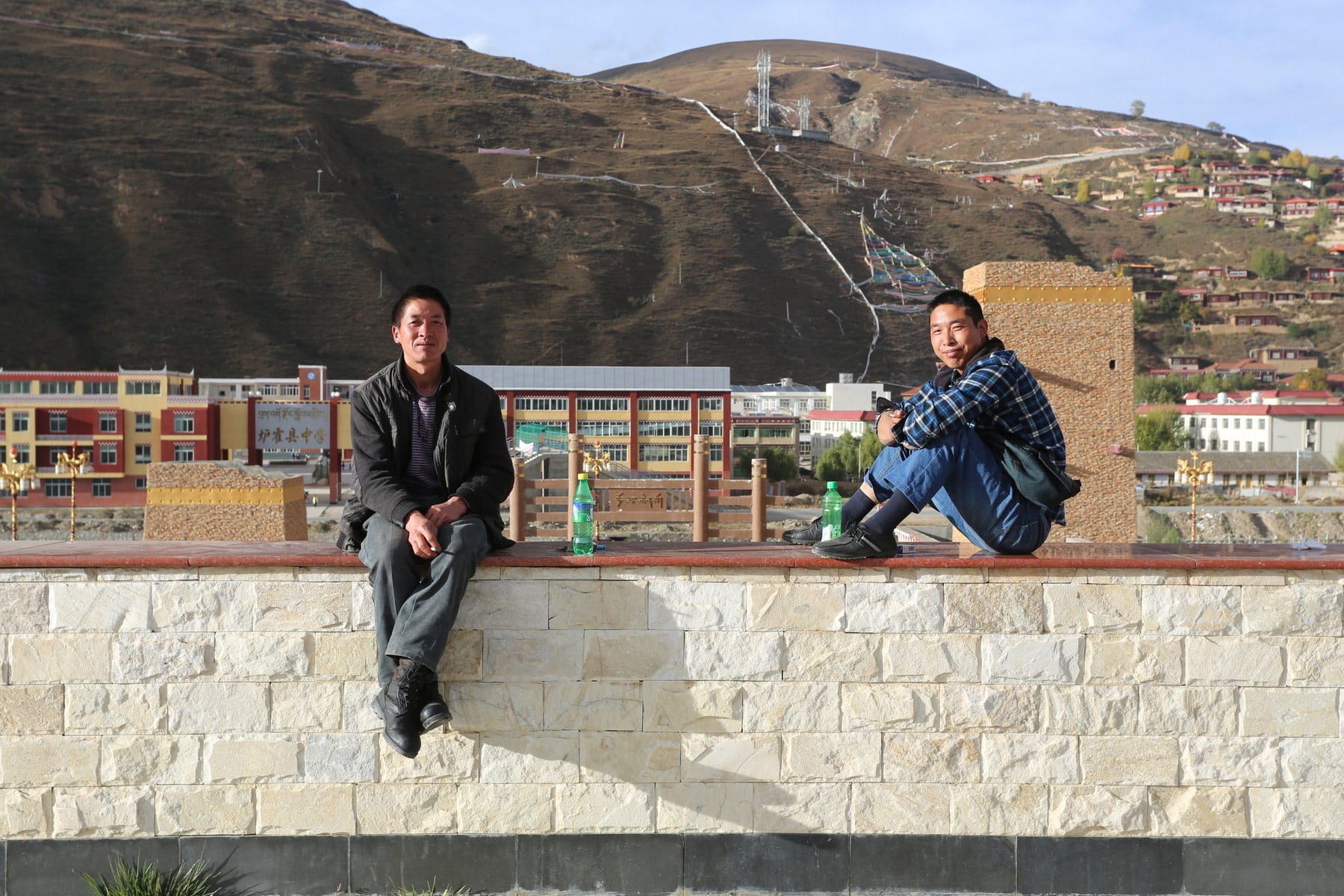
How do the locals feel about selfies?
Beijing is the land of the selfie; you know what, scratch that. I’d argue the globe as a whole has embraced the selfie, and Beijing stands as a true testament to that notion. Every landmark and tourist destination, from the city’s 798 art district to The Great Wall, will have an untold number of domestic tourists and locals snapping off self-portraits with phones. You can purchase a selfie stick for less than 20 yuan (about $3 USD) at many local shops, and no one will judge, because so many people have them on hand.
What are famous landmarks photographers should visit?
All the old landmarks that you find in any “guide to Beijing” are worth seeing. The Summer Palace, the Temple of Heaven, Forbidden City and Tiananmen Square, will not only impress you, but it gives any short-term visitors a sense of the city’s and the country’s longstanding history. There are buildings in China that are older than the United States itself—these places give you a feel for the depth and storied history of China, through its various iterations, from a dynastic power, to the Republic period, to the current PRC-era of the country.
Also worthy of a visit is any of the city’s parks. For the elderly, parks here are like a meet-up spot. You see them engaged in everything, from raucous card games to Tai Chi practice. And the activity starts just after the crack of dawn and seldom dies down until the park closes for the night. These parks also serve as a nice change of scenery from the city’s massive urban sprawl.
One park in particular to check out is Jingshan Park, which sits just behind the Forbidden City. It was the site where they dumped all the dirt that was dug up to create the moat circling the Forbidden City. All that dirt resulted in a huge hill that sits in the middle of the park, at the top of which boasts the best 360 view of the city of any vantage point. You do have to compete for tripod space with the other photogs at the top of the hill at most hours of the day, though.
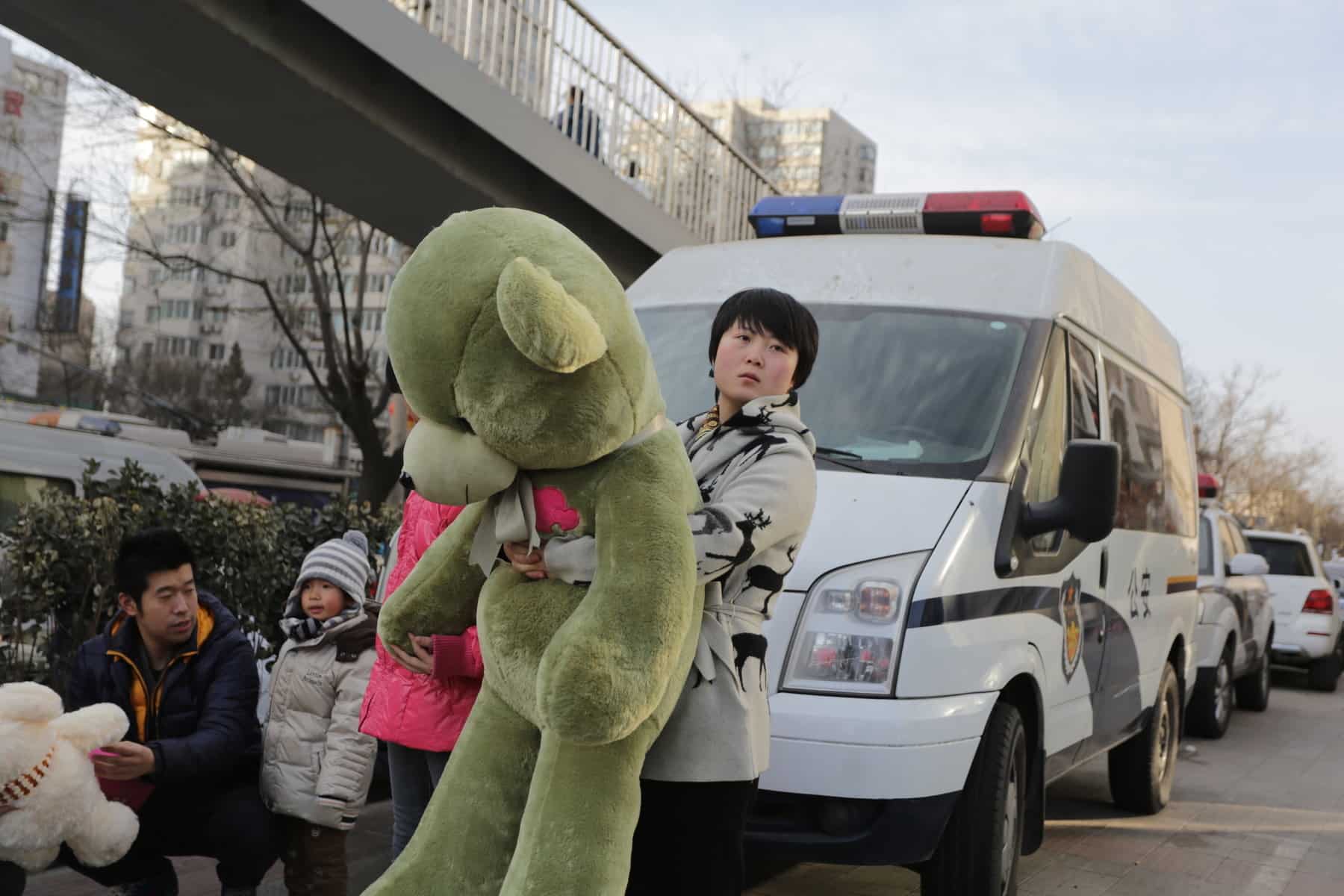
Other places worth hitting up:
Panjiayuan Antique Market: This swap-meet has hundreds of sellers hawking a litany of old school Chinese goods. The sheer number of vendors makes this place one worth checking for some good photos. If you decide to get out your wallet, however, make sure you haggle, as many of the “antiques” for sale are a lot newer than the vendors would have you believe.
Yonghegong Lama Temple: This temple is part of the Gelug school of Tibetan Buddhism, and thus has both Tibetan and Han Chinese elements as part of its architecture. One of the few of its kind in the city, Lama Temple is a popular tourist attraction, but visiting the temple on a weekday will minimize the crowd, making it easier to maneuver through and shoot photos; this place will be especially popular among architecture photographers. The temple is also within walking-distance of a few noteworthy hutongs, including the Wudaoying, Guozijian and Fangjia hutongs.
What neighborhoods/areas are good for exploring?
Niujie (Ox Steet): This area is home to Beijing’s largest Muslim enclave. With communist-era apartment blocks mingling with businesses catering to Muslim residents, Niujie’s aesthetic is something of a cross-section of cultures. It’s a unique aspect of Beijing that has its own vibe and everyone here is extremely friendly. Niujie is also home to Beijing’s oldest Mosque, which is also worth a visit.
Gulou: This area is kind of the perfect storm for anyone new to Beijing that wants to see a bit more than the typical tourist sites or expat enclaves. It’s an area that has managed to maintain a more tradition feel of old Beijing, while also having a wealth of modern amenities and maintaining its “cool.” The area is cross-crossed by hutongs, or the alleyway residential areas that were more ubiquitous around the Chinese capital prior to the city’s development boom. All manner of cool and quirky people and establishments are tucked away throughout the hutongs that would appeal to any street photographer. Additionally, there are many great bars, restaurants and cafes to choose from in the area, when your feet need a break.
Gulou (which means “drum tower”) is also home to two historical landmarks in Beijing, one of which is the area’s namesake—the Drum Tower and Bell Tower. Used as ways to notify local residents of the time of day, these two towers have stood tall amid Beijing’s fevered push toward “modern” development, which still looms over Gulou as a whole.
798 Art District: It’s a shell of its previous iteration, according to older Beijing residents, but it’s still an interesting place for newcomers, and photogs exploring Beijing can find more than a few picture-worthy scenes in this area. Originally an industrial center area for manufacturing military and civilian equipment, the area was pretty much abandoned by the mid-90s. This coincided with many of the city’s contemporary artists looking for cheap living and studio spaces. 798 became a thriving hub for Beijing’s underground creative scenes. However, as all places that become cool, commercialization crept in and the area is not what it once was, but there is still plenty to see. Graffiti and street art adorn nearly every wall space in the area. The sprawling industrial surroundings give the area a throwback charm and there are tons of shops and galleries to poke your head in. And there are still creative events and live music shows held there that harken back to the area’s heyday.
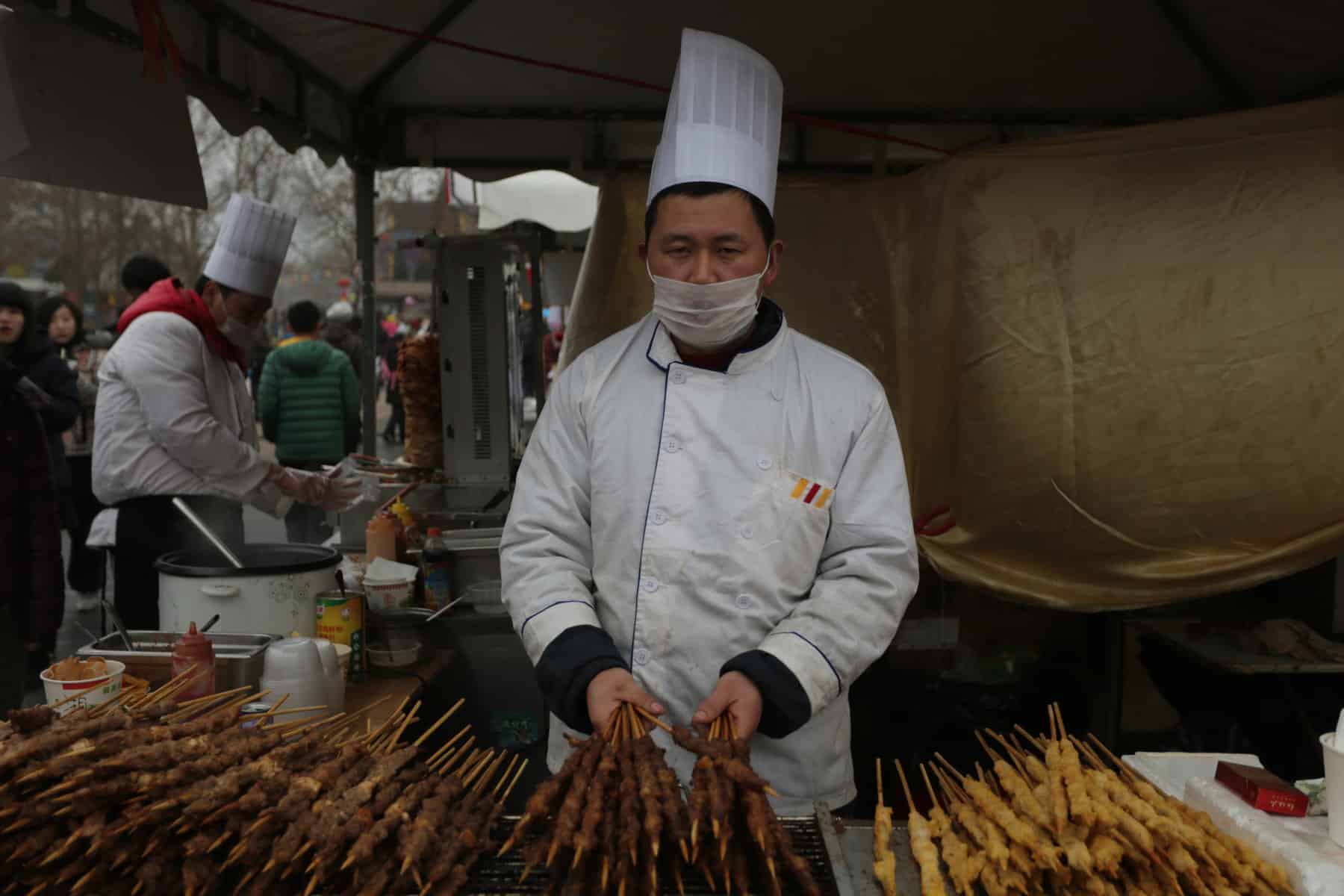
What are the best restaurants for food photography?
It’s hard to say; most places have no qualms about people taking photos of what is on their table. For new arrivals, though, I think your best bet as a one-stop-for-all location to take some good food pics on Wangfujing Snack Street. It’s not a restaurant itself, but street food from all over China are on sale in the area, the alleys of which are lined with food stalls. However, many tourists hit Wangfujing Snack Street to get a picture of the stall that serves deep-fried scorpion on a stick.
What’s the most scenic way to get around?
While Beijing’s streets can get very hectic, the best way to see the city is by bicycle. Despite the city’s sprawl, you can easily zip through Beijing’s manifold nooks and crannies to explore to your heart’s content, all while still mobile enough to cover a ton of ground. You can use a subway card to rent a bicycle at one of the many urban bike sharing stands in Beijing, but you first have to register the card under your name using a valid ID (for travelers, this would be your passport number) and provide a 400 yuan (about 80 US dollars) deposit to use this feature on the card. Here is a link that can easily guide you through the process.
Subway cards cost 20 yuan and can be acquired at most subway stations in Beijing. Renting a public bike is free for the first hour, and costs 1 kuai for every additional hour, with a maximum charge of 10 kuai per day—all of which is deducted from the balance on your subway card.
Alternatively, there are many hostels and small bike shops which offer bike rentals at various (but quite reasonable) costs, but you’d have to find them online and inquire about rental services at each place.
I would avoid taking any rickshaws as a newcomer to Beijing. While they look convenient and generally are in hutong areas, the drivers often try to rip you off, especially if you are not a local.
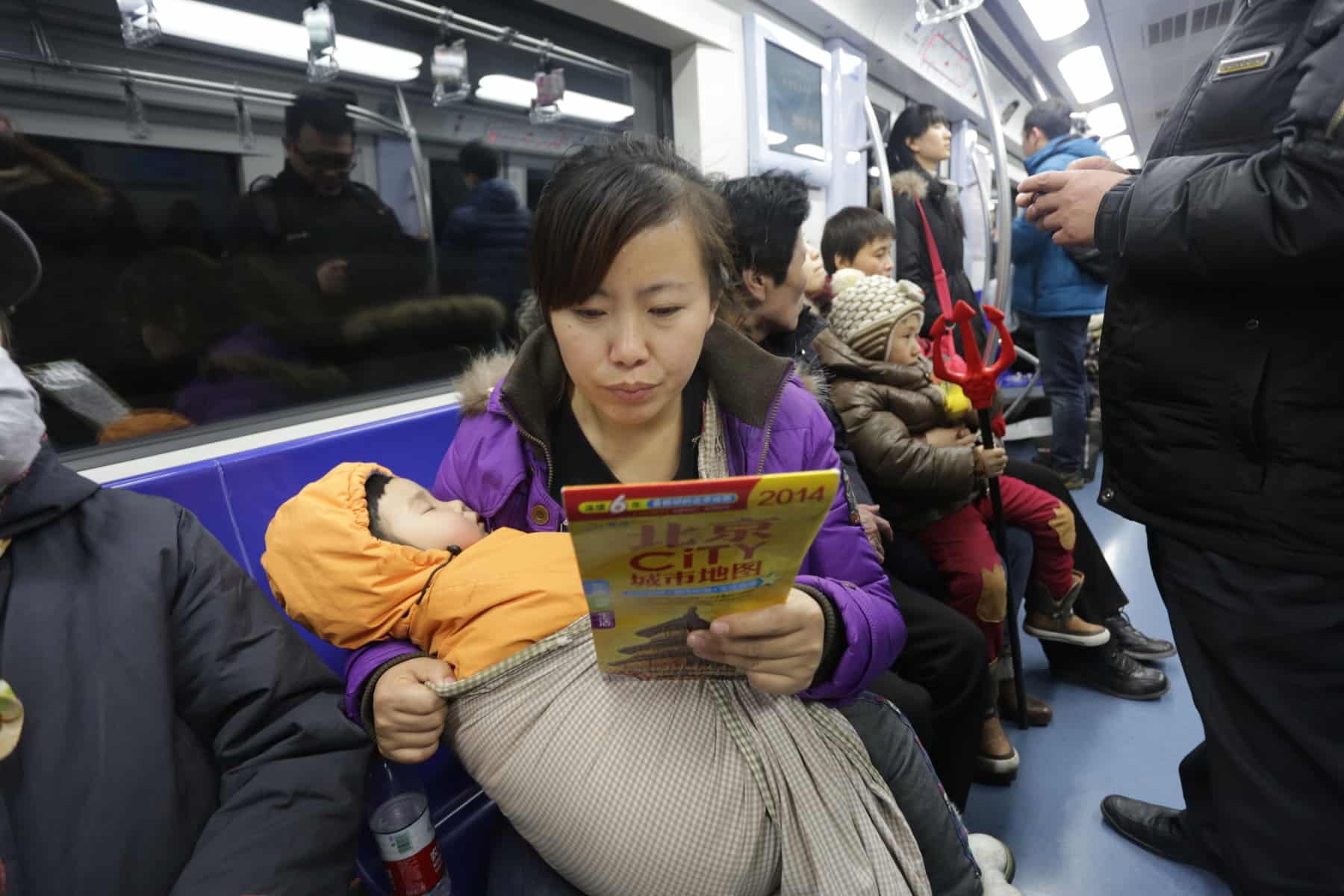
What place would you recommend photographers skip?
Sanlitun, at least for photography purposes. It’s an overpriced collection of malls with a bunch of stuck up people that may widely deny you a photograph. You’ll see a handful of photographers milling about with bazooka-sized telephoto lenses on their camera bodies in hopes of catching fashion-forward patrons, but I think you’d find people who have a much more interesting approach to their personal fashion in a place like Gulou than this overpriced shopping area.
Is it safe to carry expensive camera equipment around with you?
Generally, yes. Use the common sense you would use in your hometown and you will be more than fine. You will often see locals walking around with cameras hanging from their necks, especially at any of the city’s many attractions. Just be mindful of where you put your things so that you don’t leave them anywhere unattended. While you won’t really get messed with for having expensive photo equipment on you, if you leave it unattended for an extended amount of time, your equipment probably just found a new home in some thief’s possession.
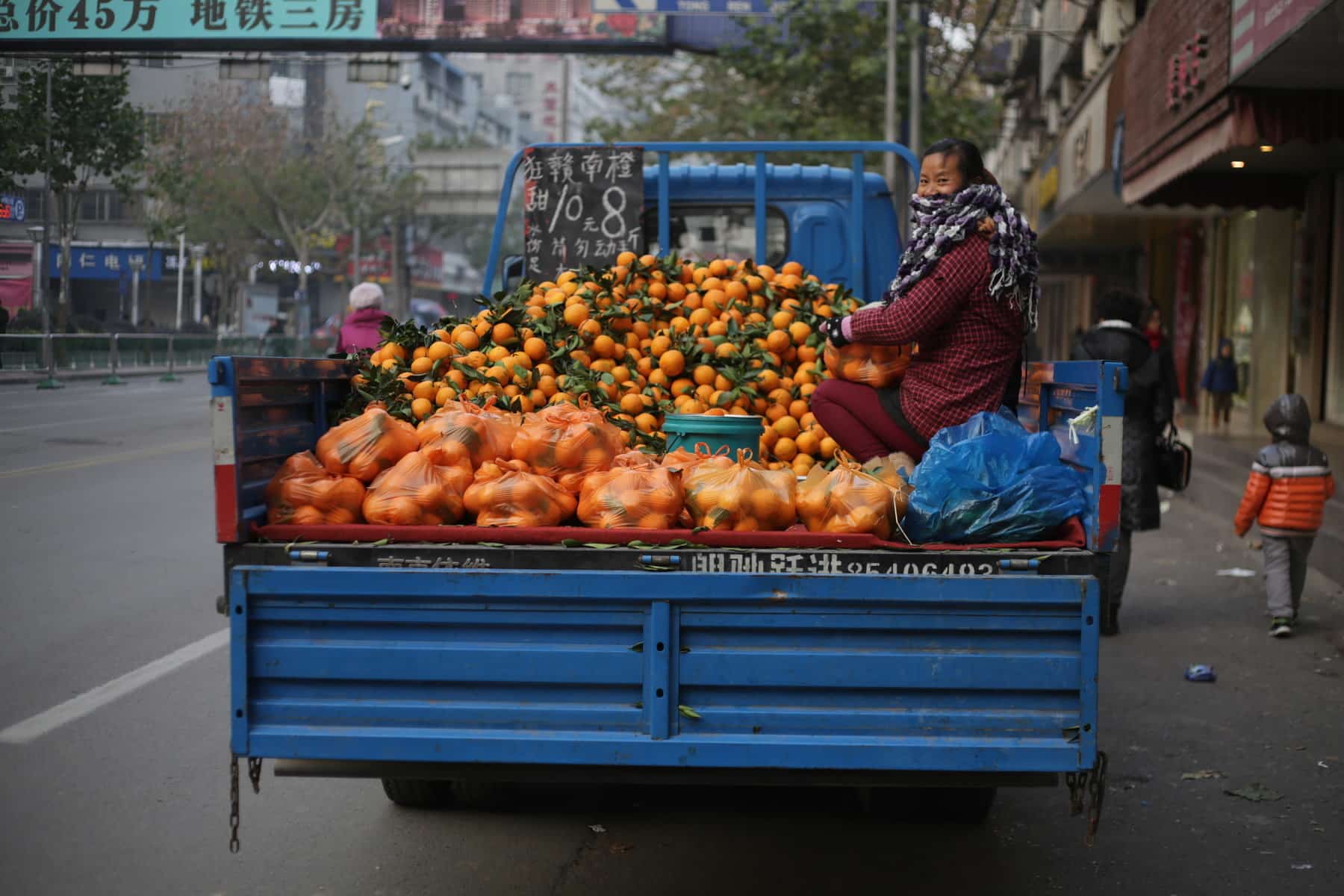
If your gear is broken, where’s the best place to take it to get it fixed?
In an area of Beijing called Wukesong, there is a huge camera market where you can get repairs done by third-party individuals. I’ve never actually had my equipment serviced there before, but I know a few Chinese pro shooters who come to this place all the time to get their video cameras and DLSRs fixed. There is also all manner of photo equipment available for sale at this market. However, when it comes to new equipment, make sure to have a keen eye out for any fakes some of the shops in the market try to pass off as authentic.
Where is the fastest place to get film developed?
If you want a combination of quality and timeliness, the best place for visitors to go is a place in Gulou called Spring Camera. It’s a little store front tucked away in the hutongs that has a sizeable selection of used photo equipment, photo books and film, 35mm, 120mm and instant film. The guy who generally works there, his name is Lu Yang, speaks English well. They charge 20 yuan (about $3 USD) per roll of 35mm for development and scans. The turnaround time for a batch of film (between one and eight rolls of film) is two to three days.
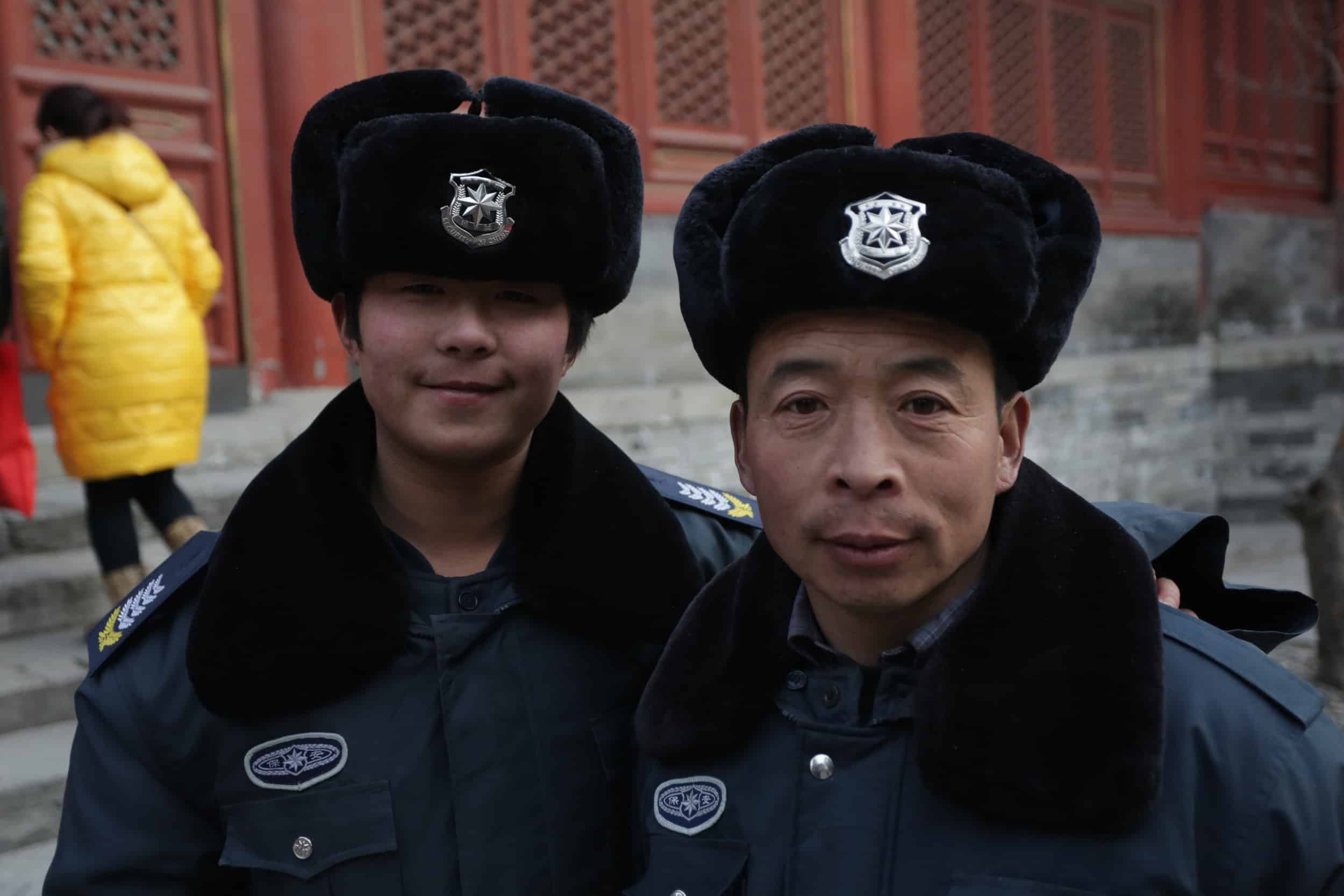
What advice would you give to photographers travelling to your city?
If you’ve never been to Beijing, try to leave all the stuff you’ve heard or read about the city at the airport when you arrive. This city will be a far cry from the preconceived notions foreign media tend to shape about China’s capital city. Approach Beijing with an open mind and understanding that this place is different than any other place you’ve been to. There will also be a ton of people in some of the places you hit up on your trip, and you will get jostled and bumped from time to time by the passing crowds. This isn’t personal; Beijing has a population of about 21 million people—it can get crowded from time to time. While there are good and bad things about Beijing, as there are with any other city, I think most people will be pleasantly surprised.
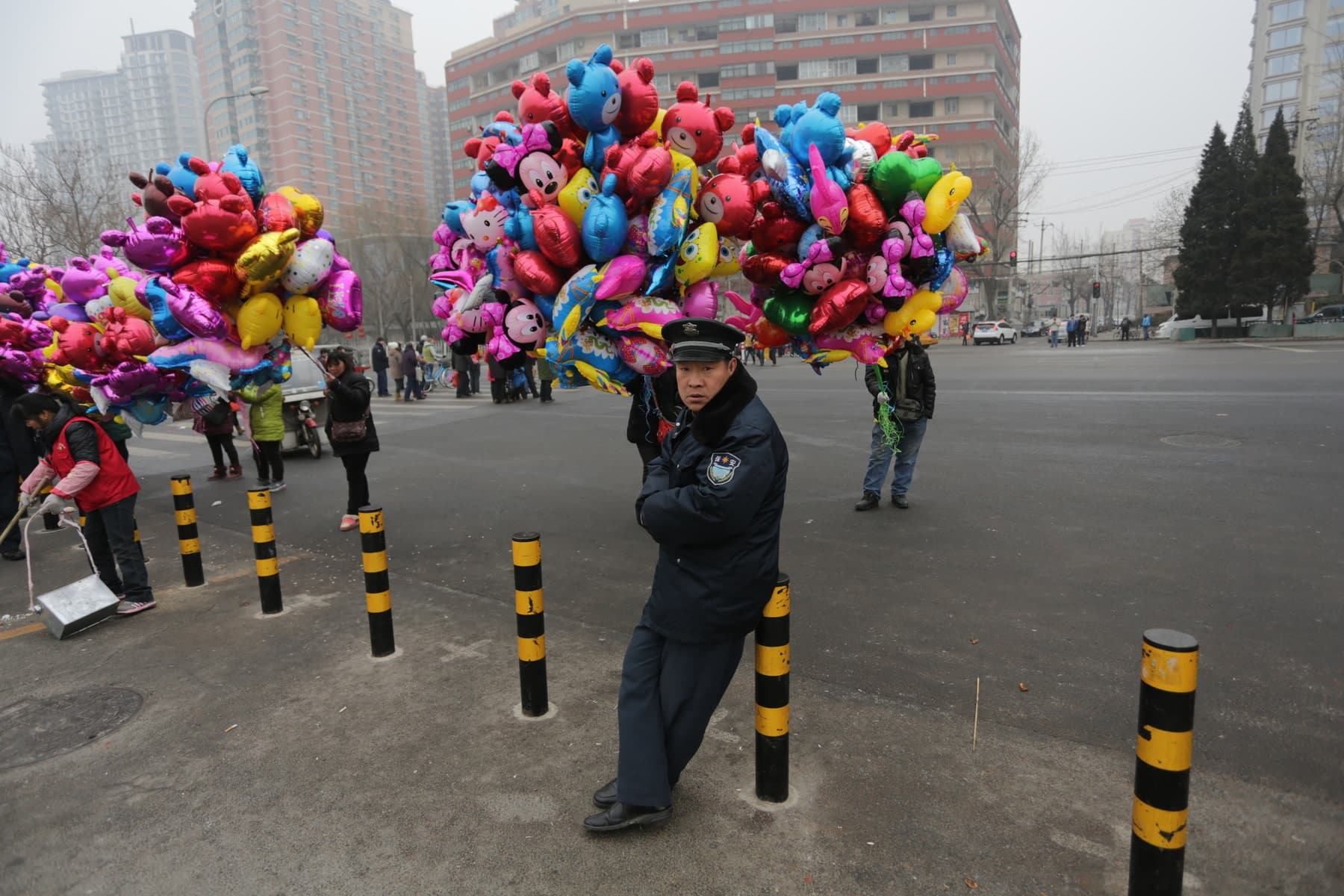
Another thing…
You can’t access Facebook, Twitter, Instagram, Snapchat, Vine or anyGoogle services in China without a VPN (virtual private network). If you plan on staying here for an extended period of time, definitely invest in a paid VPN service (the free proxies don’t work here) that you can put on your laptop and mobile phone. Astrill used to be the best option, but due to its popularity, it was targeted by the government and, as a result, no longer works as well as it used to in China. There are alternatives that are easy to find with a simple Google search—but do that before you come here.
All in all, keep an open mind; don’t believe everything you read in the news about this place and don’t take the pushing and nudging personally.
